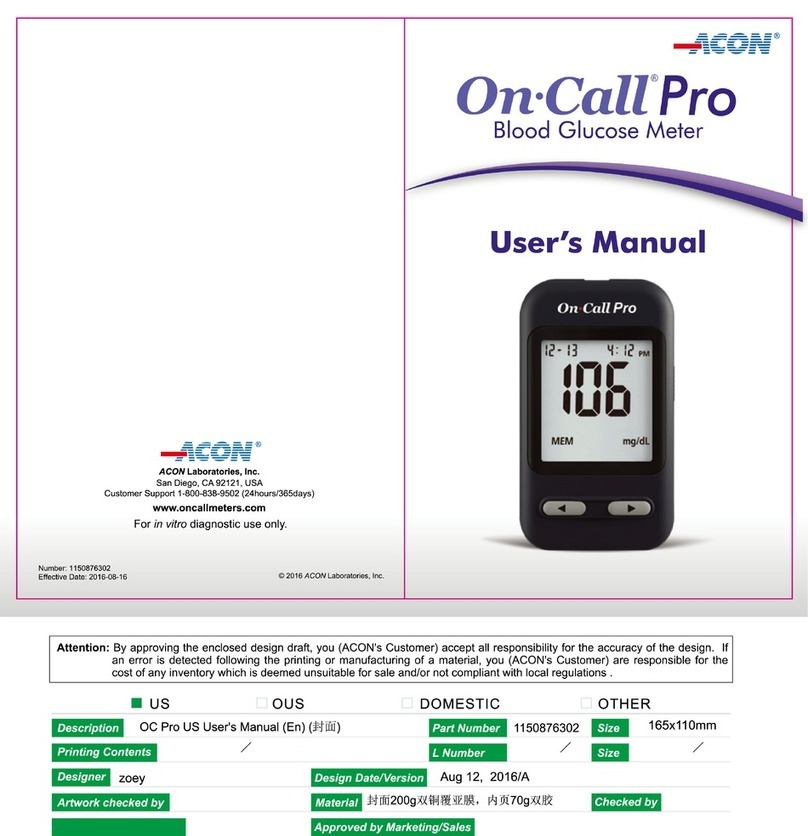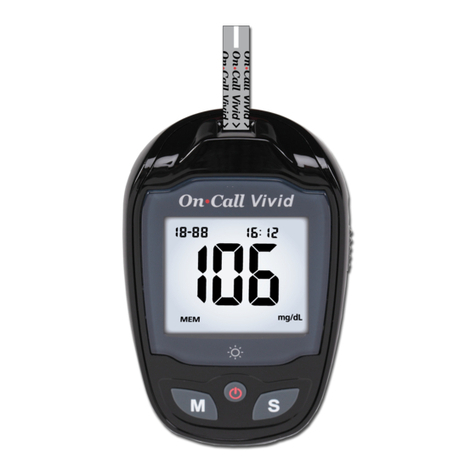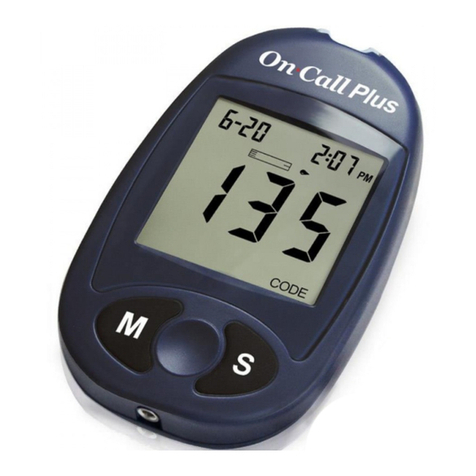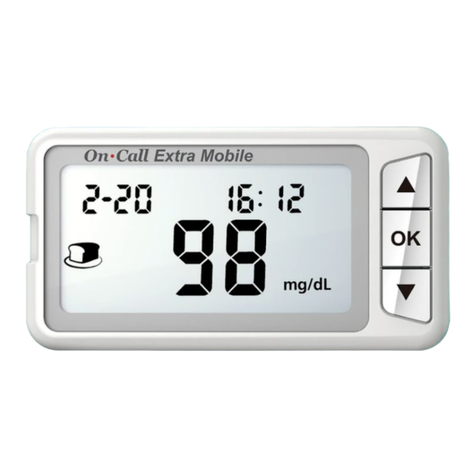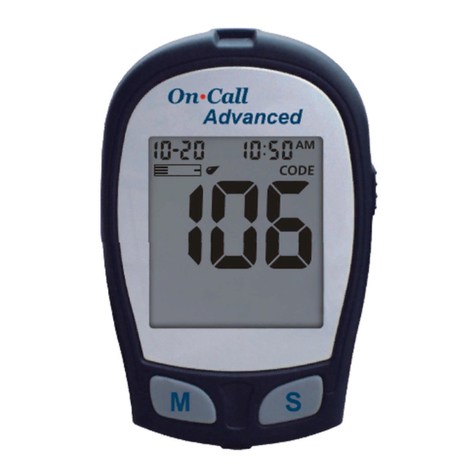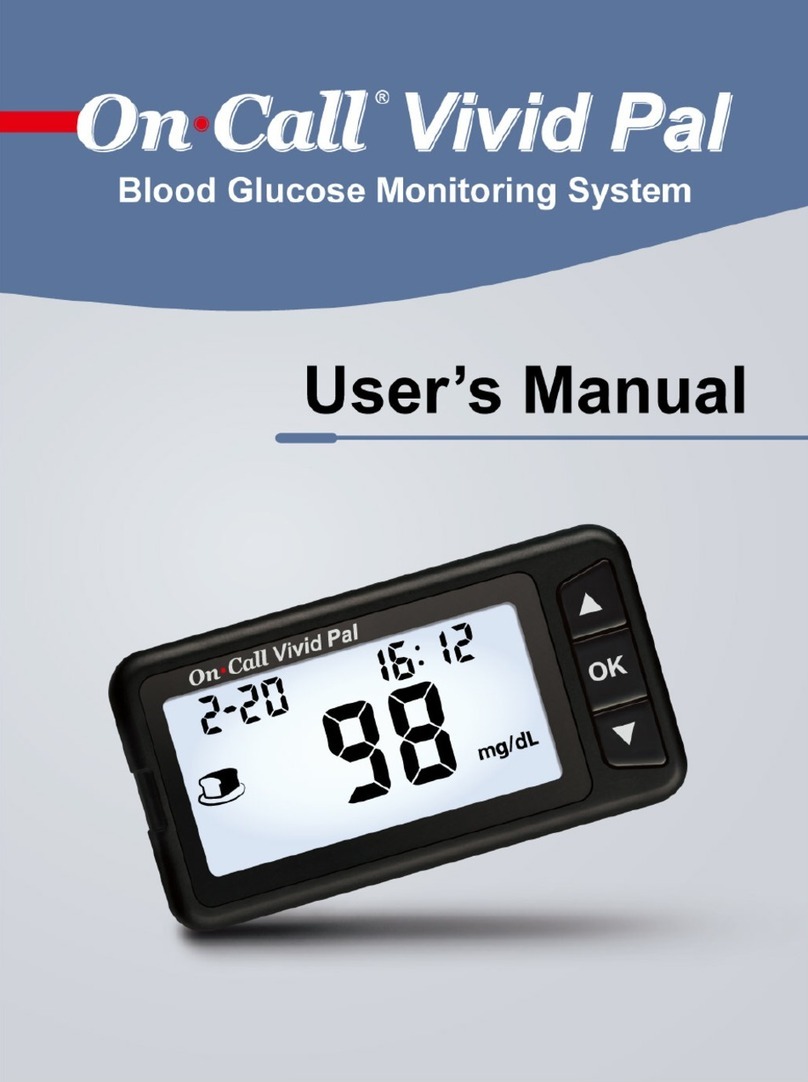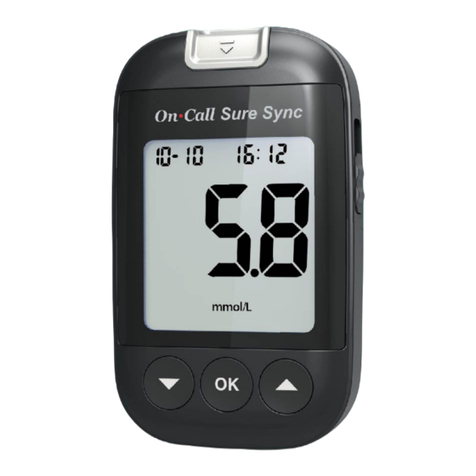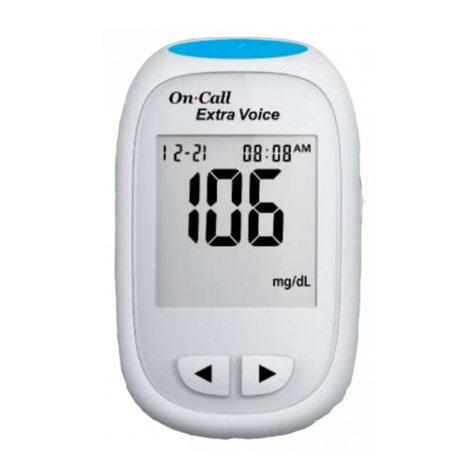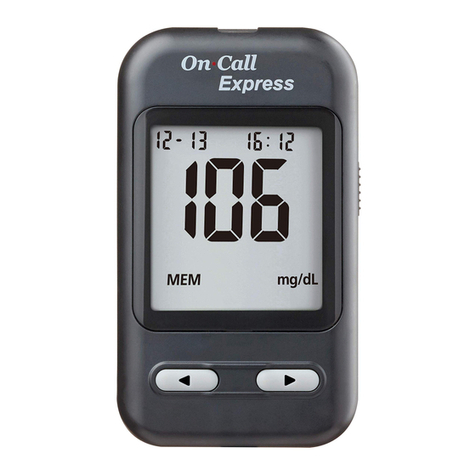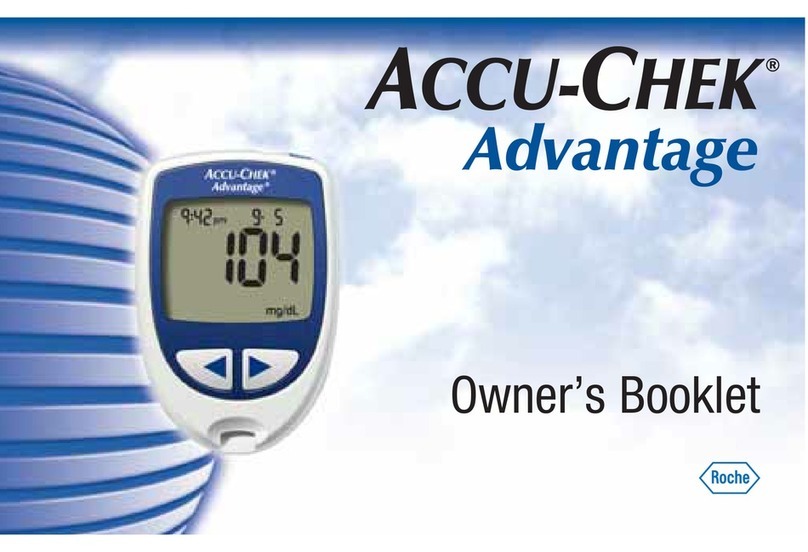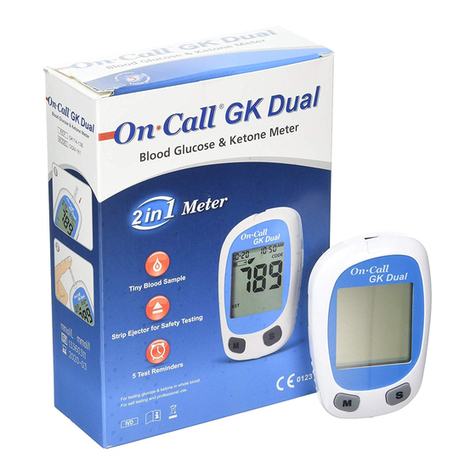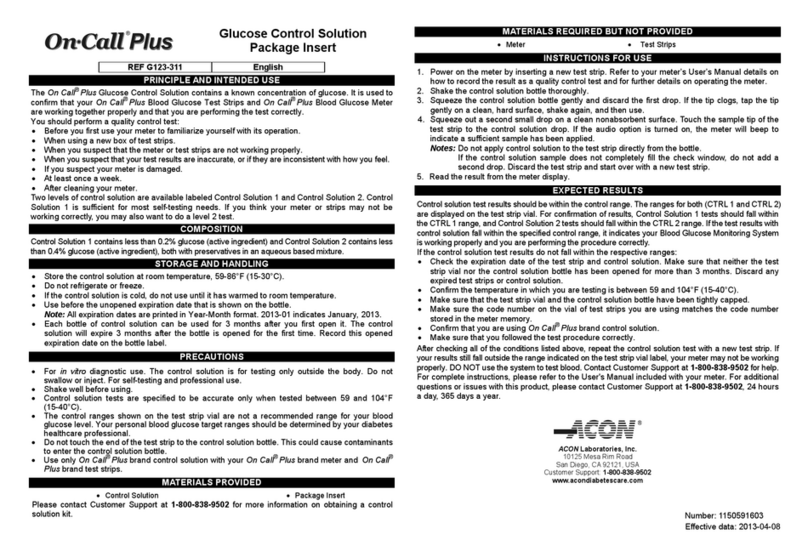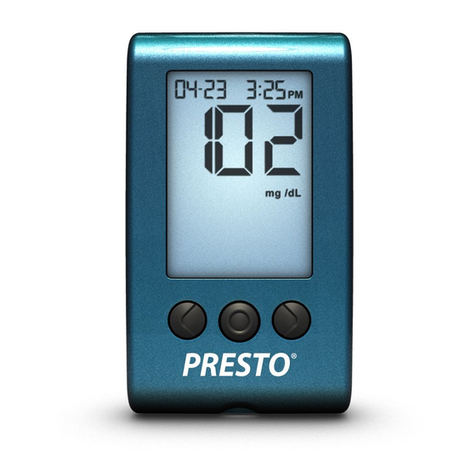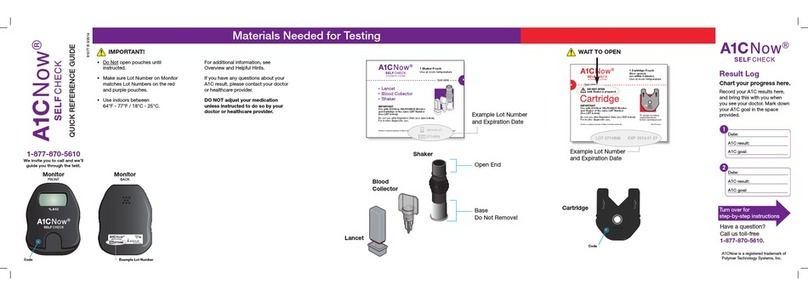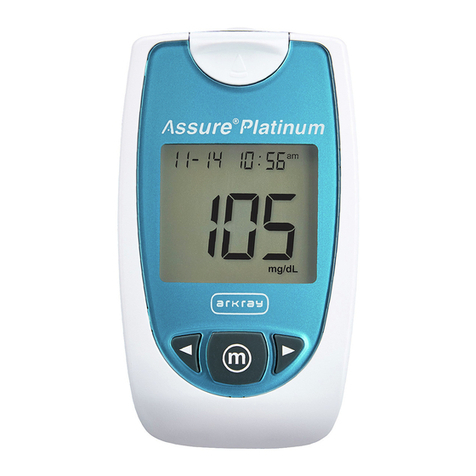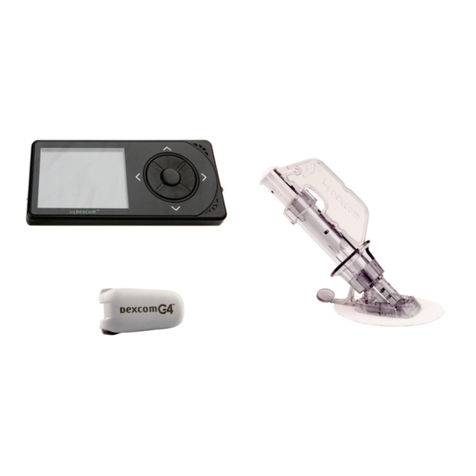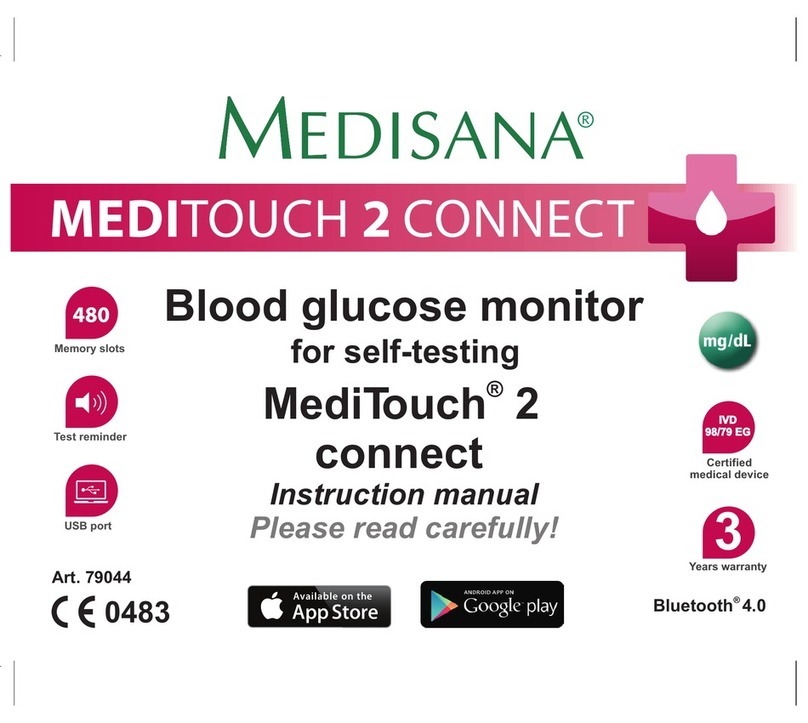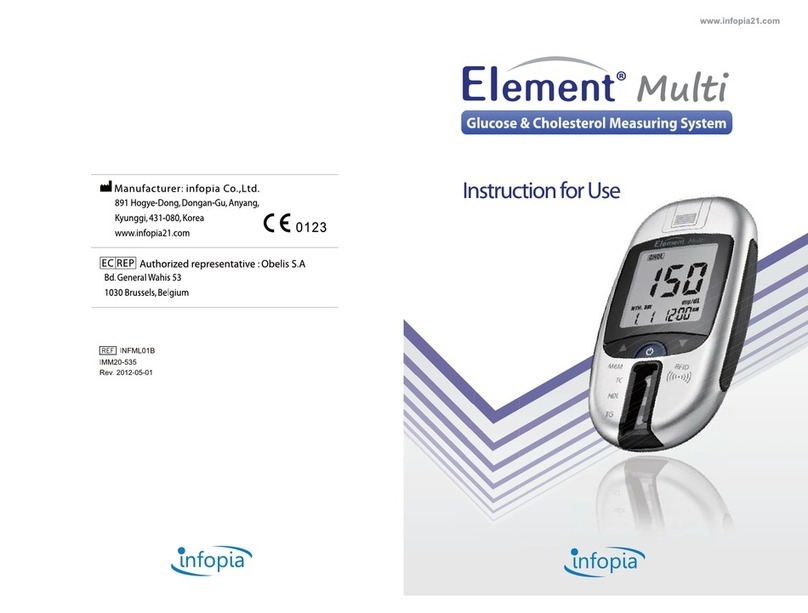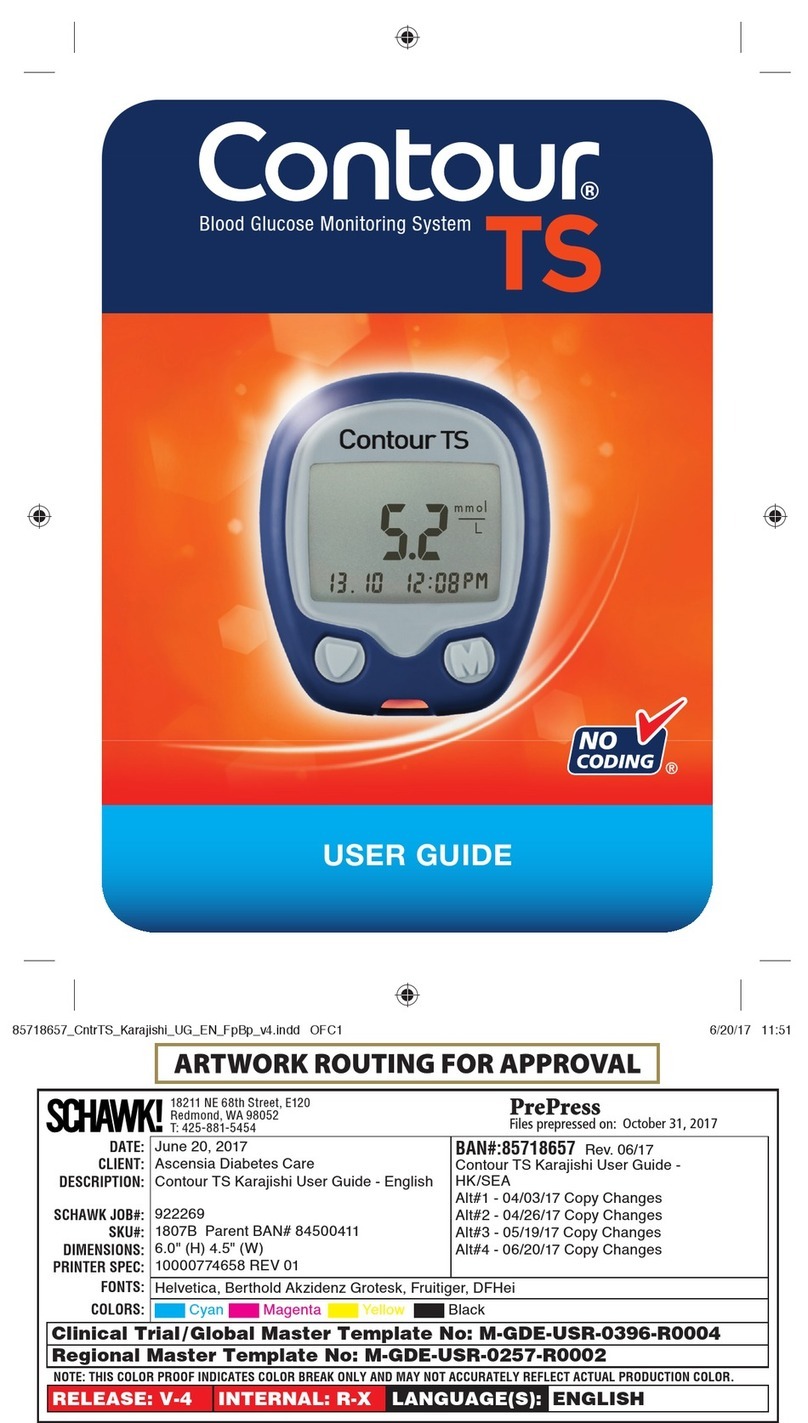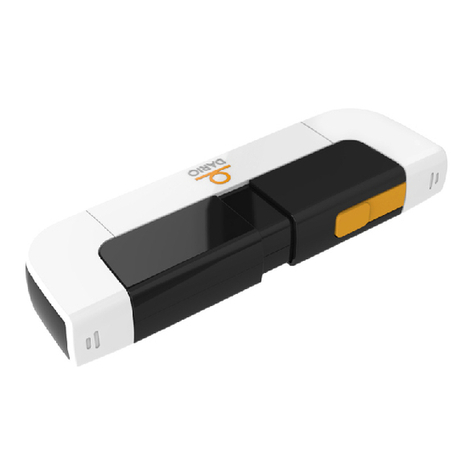
ii
Table of Contents
Getting Started......................................................................................................... 1
Component Descriptions................................................................................ 2
On Call®Vivid Pal Blood Glucose Meter........................................................ 3
Meter Display ................................................................................................. 5
On Call®Vivid Blood Glucose Test Strips....................................................... 7
On Call®Vivid Glucose Control Solution...................................................... 10
Installing the Battery ............................................................................................. 12
Meter Setup Before Testing.................................................................................. 13
Performing a Quality Control Test ....................................................................... 17
Testing Your Blood ...............................................................................................20
Step 1 - Getting a Drop of Blood.................................................................. 20
Step 2 – Testing Blood Glucose................................................................... 27
“HI” and “LO” Messages .............................................................................. 30
Using the Meter Memory....................................................................................... 31
Viewing Stored Records............................................................................... 31
Clearing the Memory.................................................................................... 33
Transferring Records ................................................................................... 33
Maintenance........................................................................................................... 35
Replacing the Battery................................................................................... 35
Caring for Your On Call®Vivid Pal Blood Glucose Monitoring System ........ 37
Suggested Testing Times and Target Goals....................................................... 38
Comparing Meter and Laboratory Results.......................................................... 40
Troubleshooting Guide ......................................................................................... 41
Specifications ........................................................................................................ 43
Warranty ................................................................................................................. 44
Index of Symbols................................................................................................... 45
Index ....................................................................................................................... 46
